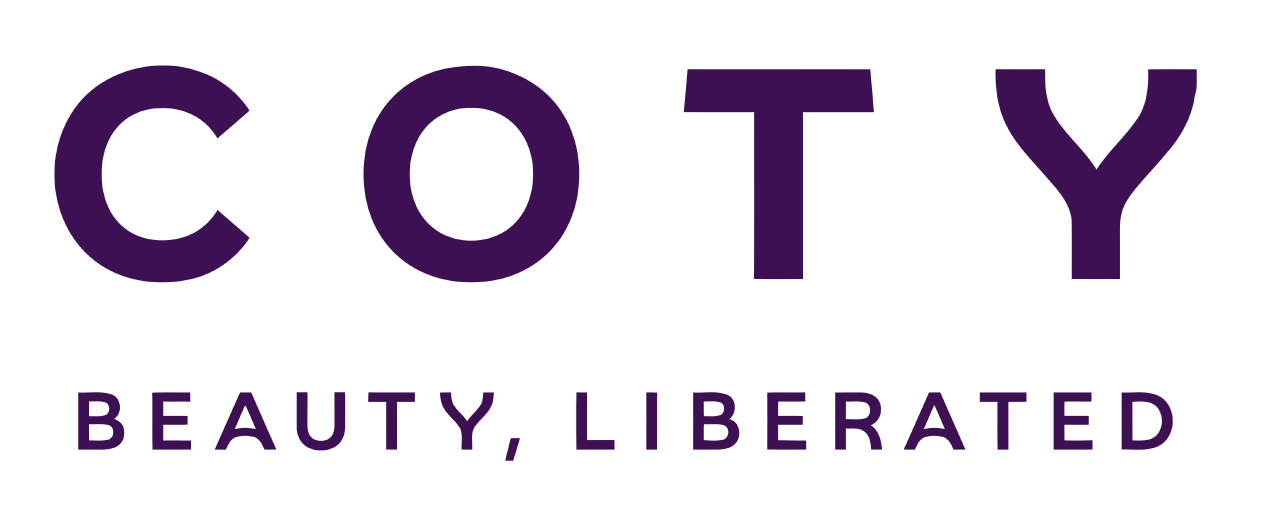Virtual event planning: Steps for a successful online event
Jun 20, 2025
Planning a virtual event might seem simpler than organizing an in-person gathering, but in reality, it requires just as much, if not more, attention to detail. In this guide, AV Vietnam walks you through the essential steps of virtual event planning to help you deliver a professional, impactful, and memorable event for your audience.
Why is it important to plan a virtual event?
Effective virtual event planning is the foundation for delivering a smooth, engaging, and professional online experience. Unlike physical events, virtual ones rely heavily on technology, real-time coordination, and digital content delivery, all of which require precise planning and execution.
When each element is well-managed, from the platform setup to audience engagement tools, the result is a cohesive experience that keeps participants involved and leaves a lasting impression.
Planning also plays a critical role in preserving the credibility of your organization or brand. A poorly organized virtual event, marked by technical glitches, unclear agendas, or disengaged attendees, can harm your reputation and weaken your objectives. On the other hand, a well-orchestrated event supports goals like lead generation, brand building, or community engagement.
Additionally, virtual events are often chosen for their cost-efficiency. However, these savings only translate into real value when the event is properly executed. Without clear planning, the advantages of going virtual can be lost to unexpected issues, low participation, and missed targets.

Why is it important to plan a virtual event?
Step-by-step guide to planning a virtual event
To deliver a professional and engaging experience, every detail must be carefully considered.
Define the event goals
Great virtual events begin with crystal-clear intent. Pinpoint the precise outcomes you expect, lead acquisition, product education, brand elevation, or community bonding, and let those targets shape every subsequent decision.
Defined objectives guide content selection, virtual event platform features, and success metrics, ensuring the entire program stays laser-focused on delivering measurable value.
Estimate the event budget
Finances determine what is feasible. List every foreseeable expense: platform licenses, keynote honoraria, video production, marketing campaigns, and contingency funds for tech support.
Allocate resources in proportion to priority; an engagement-centric event, for instance, may devote extra funds to interactive apps or breakout-room moderators. Review projections at key milestones and adjust to keep spending aligned with evolving requirements.
Create the guest list
Audience composition should mirror your objectives. Decide if you need current clients, prospective buyers, industry thought leaders, or an open public mix. Segment contacts into logical groups, then tailor invitations, reminders, and follow-ups to each segment. Personalized outreach not only lifts attendance but also primes participants for deeper interaction once the event is live.
Choose the right virtual event platform
Your virtual venue is more than a streaming link; it is the stage on which your brand performs. Prioritize solutions with intuitive navigation, robust uptime, and native engagement tools - live chat, polling, Q&A, and networking lounges. Platforms that support white-label branding and automated messaging keep the experience cohesive and spare your team countless manual tasks.

Choose the right virtual event platform
Build a detailed event agenda
Attention spans shrink quickly online. Craft a schedule that blends high-impact keynotes, interactive panels, practical workshops, and restorative breaks.
Vary session length and format to sustain energy, and interleave quick polls or ice-breakers after heavier segments. A logical narrative arc - introduction, deep dive, synthesis- helps attendees absorb information without fatigue.
Plan the event marketing strategy
Effective promotion is key to driving attendance. Use a multi-channel approach: send targeted email campaigns, share content on social media, and collaborate with partners or influencers to expand reach. Design visually appealing invitations with a clear call-to-action, and include countdown posts or teasers to build anticipation.
Set up the space and equipment for the virtual event
Even in a virtual format, professional visuals matter. Prepare a clutter-free, well-lit space for speakers and moderators. Invest in quality event equipment: a camera, a microphone, lighting, and test it beforehand. Having a clean, stable environment improves the overall presentation quality and strengthens your brand’s credibility.
Rehearse and check all technical aspects
A flawless delivery rarely happens by chance. Conduct full technical rehearsals to validate bandwidth, audio balance, slide transitions, captioning, and interactive widgets.
Then guide speakers through timed run-throughs so they can master platform controls, refine pacing, and coordinate hand-offs. Document contingency steps for common glitches and share them with the entire crew.

Rehearse and check all technical aspects
Manage the event day
On the day of the event, active coordination is essential. Assign team members to monitor live sessions, manage attendee questions, and troubleshoot in real time. Foster engagement by encouraging participation through chat, polls, or live reactions. Being responsive creates a welcoming, interactive environment that elevates the overall experience.
Follow up and analyze post-event results
Post-event activities transform a single broadcast into a long-term asset. Dispatch thank-you messages and resource links within 24 hours. Share session recordings, slide decks, and notable quotes on your blog or social channels.
Collect survey feedback, analyze attendance curves, engagement metrics, and conversion rates, then compile insights into an internal report that informs and improves your next virtual gathering.
Read more:
>> What Is a Virtual Meeting? Types and Key Elements
>> How to Host a Virtual Meeting: Step-by-Step Guide
Free virtual event planning template
If you don’t have a virtual event planning template yet, this example is a great place to start. Simple but effective, it provides a clear structure to organize your event from goals and budgeting to technical setup and follow-up.
Key sections such as timeline, budget breakdown, and task assignments are neatly formatted, making it easy to customize and share with your team.
Planning a successful virtual event takes more than just the right tools, it requires strategy, structure, and careful coordination at every stage. With the right approach, you can deliver an engaging, seamless experience that achieves your goals.
If you're looking for professional support, AV Vietnam is ready to help you plan, produce, and execute online events that truly stand out. Contact us today at +84 939 311 911 for a consultation.






